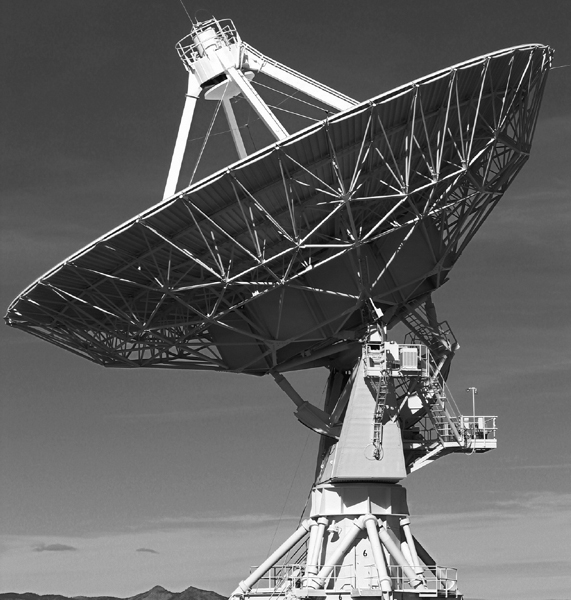PART B
Linear Algebra. Vector Calculus

- CHAPTER 7 Linear Algebra: Matrices, Vectors, Determinants. Linear Systems
- CHAPTER 8 Linear Algebra: Matrix Eigenvalue Problems
- CHAPTER 9 Vector Differential Calculus. Grad, Div, Curl
- CHAPTER 10 Vector Integral Calculus. Integral Theorems
Matrices and vectors, which underlie linear algebra (Chaps. 7 and 8), allow us to represent numbers or functions in an ordered and compact form. Matrices can hold enormous amounts of data—think of a network of millions of computer connections or cell phone connections—in a form that can be rapidly processed by computers. The main topic of Chap. 7 is how to solve systems of linear equations using matrices. Concepts of rank, basis, linear transformations, and vector spaces are closely related. Chapter 8 deals with eigenvalue problems. Linear algebra is an active field that has many applications in engineering physics, numerics (see Chaps. 20–22), economics, and others.
Chapters 9 and 10 extend calculus to vector calculus. We start with vectors from linear algebra and develop vector differential calculus. We differentiate functions of several variables and discuss vector differential operations such as grad, div, and curl. Chapter 10 extends regular integration to integration over curves, surfaces, and solids, thereby obtaining new types of integrals. Ingenious theorems by Gauss, Green, and Stokes allow us to ...
Get Advanced Engineering Mathematics, 10th Edition now with the O’Reilly learning platform.
O’Reilly members experience books, live events, courses curated by job role, and more from O’Reilly and nearly 200 top publishers.

